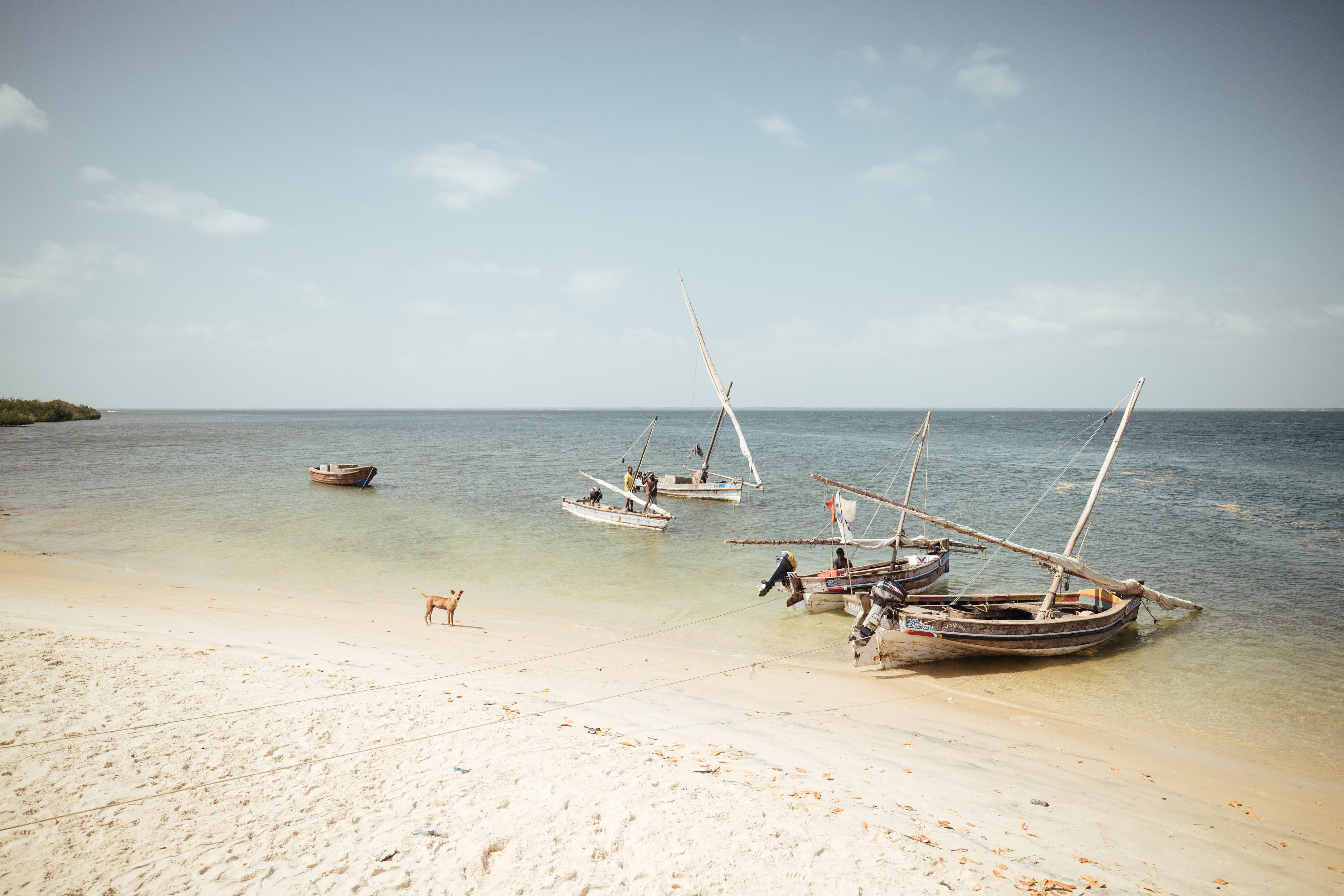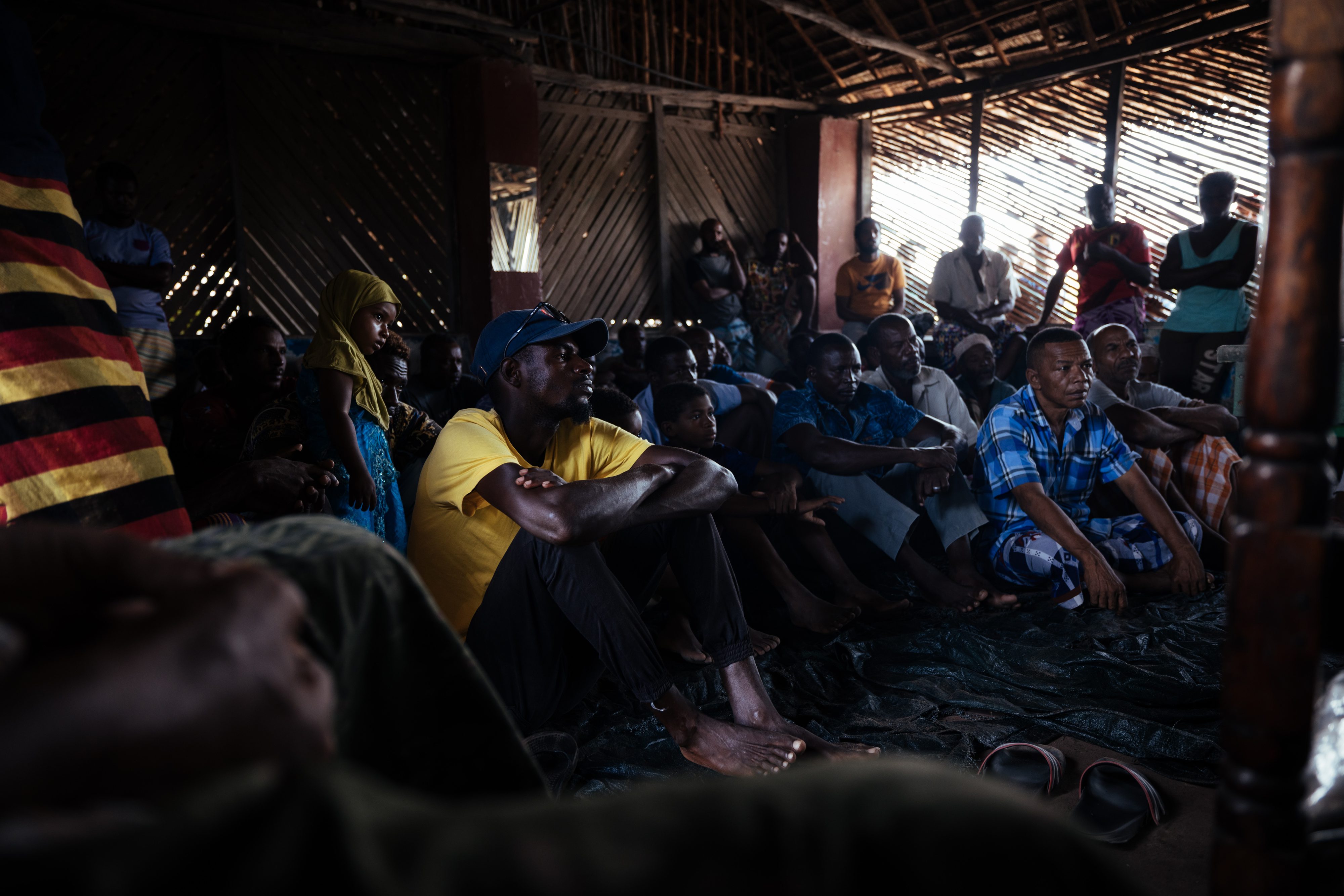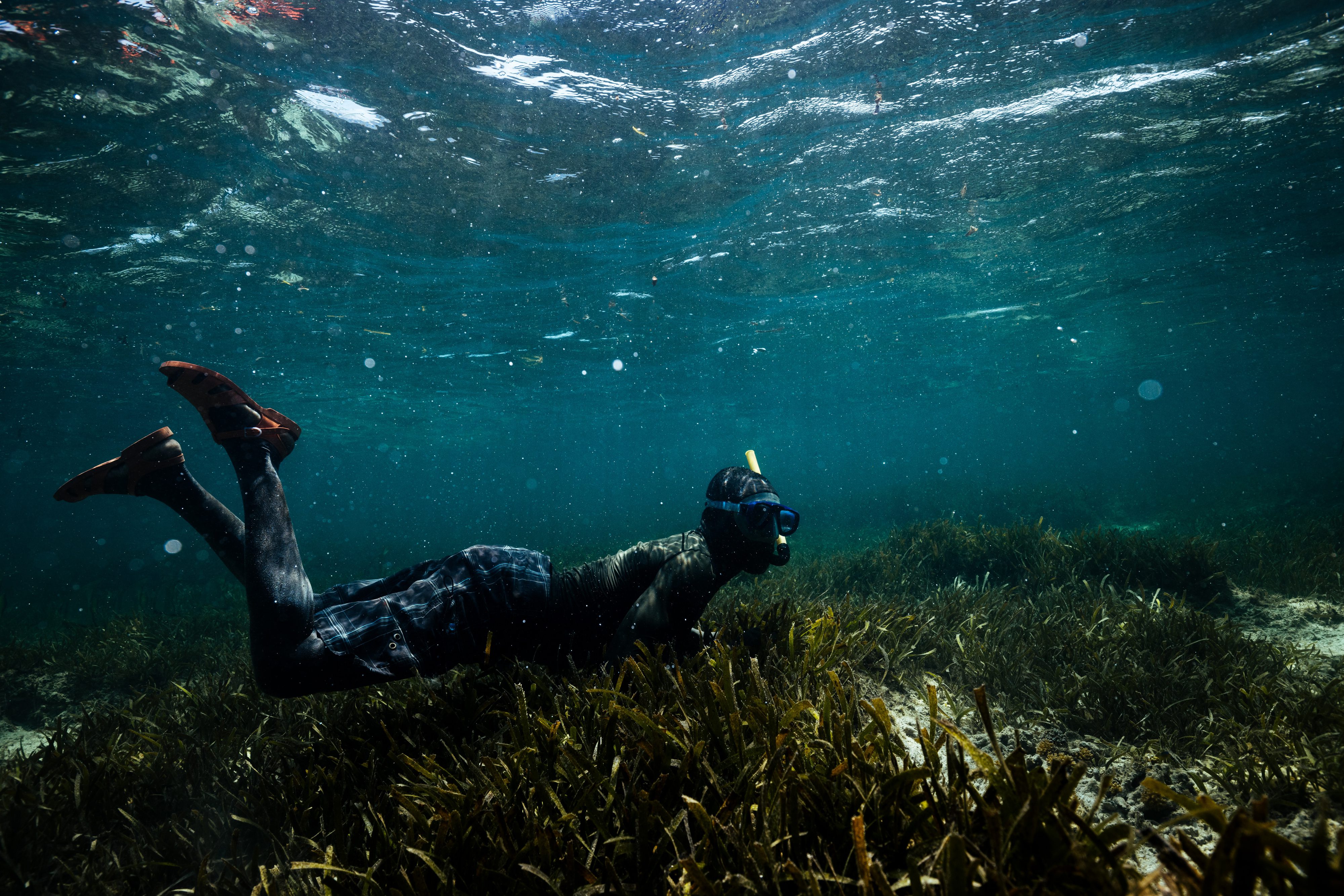
Walking Backward into the Future: Rediscovering Kenya’s Deep Ocean Heritage
Sheba Hope Grows Advocate, Ledama, shares the story of Kenya’s coastal communities—particularly the Bajuni—who once lived in sacred harmony with the ocean, and calls for a revival of these ancestral practices and stories to ground and strengthen modern marine conservation efforts.
“Does Kenya really have a history of stories about its communities’ connection to the ocean?” This question came up during a conversation at a recent Blue Economy event. As someone who lives and breathes the ocean, I was eager to answer — ready to sing praises about our rich coastline and the incredible communities that have called it home for generations.
But as I flipped through my memory like pages in a book, searching for a case study to share, I was momentarily stuck. I had no trouble recalling recent stories, but I struggled to bring forth a historical example.
Then it showed up — fashionably late, like most good ideas.
In the pre-colonial era, along the northern coast of Kenya in the Lamu Archipelago, the Bajuni community lived in intentional, sacred balance with the sea. As early as the 1700s, they practiced seasonal fishing guided by the monsoon winds, used low-impact gear like basket traps and hand lines, and followed spiritual customs that protected reefs near shrines and ancestral sites. These weren’t just fishing strategies — they were woven into their way of life. The ocean wasn’t just a resource; it was a provider, a teacher, a sacred inheritance.
While I was happy to walk away from the conversation with three new converts to community-led marine conservation, the question lingered: Why is it so hard to recall these stories? Why have they become so distant from our national memory?
Stories like the Bajuni’s — which show the profound, enduring relationship between Kenya’s coastal communities and their ocean — have been overshadowed by narratives of loss and vulnerability. Too often, communities are portrayed as separate from the ocean, or worse, as threats to it, rather than as its original custodians.

So, what happened?
Digging into the archives, a myriad of factors emerge — from colonial impositions to modern-day industrial pressures — that have disrupted this once-sacred connection. Colonial rule dismantled traditional marine governance, replacing it with centralized laws that ignored Indigenous knowledge and spiritual ties to the sea. After independence, the expansion of tourism and the privatization of the coastline further pushed communities away from their fishing grounds and sacred spaces. The rise of industrial fishing, including foreign trawlers, depleted stocks and outcompeted artisanal fishers. Climate change events like coral bleaching, coupled with generational shifts and a growing disconnect from oral traditions, have widened the gap.
But through this lens of disruption, my perspective began to shift — not toward despair, but toward awe.
Because despite all of this — still they stand.
Still, our coastal communities rise each morning, cast their nets, teach their children, pray at the ocean’s edge. Still, they fight to restore balance. This resilience is not just admirable — it’s a blueprint.
But, if we continue to lose touch with where we’ve come from, what does that mean for where we’re going?
In recent years, the spotlight on marine conservation has grown brighter. Projects are sprouting along the coast, fueled by donor funding, urgency, and innovation. But many of these initiatives arrive without grounding — introducing models that fail to connect with local culture, context, and history. And when that connection is missing, community ownership is fragile, and sustainability fades once the spotlight moves on.
Yet when conservation strategies are rooted in place, memory, and community, something different happens. In June, with support from Mars Sustainable Solutions, I hosted a community screening of the film Reef Builders in Kuruwitu, one of the cradles of community-led marine conservation in Kenya. The room was full — youth, women’s groups, fishers, elders. During a group discussion sparked after the film, someone asked, “Why should we care about protecting our coral reefs?” That simple question opened a flood of memories. Elders stood up to recount how the reef used to teem with fish. One woman said, “If we want our children to have this livelihood, now is the time to act.” A young person asked, “How can I be involved?” And just like that, the conversation became a story circle — people remembering, imagining, envisioning their future together.
In that moment, a quote from one of my mentors finally made sense:
“We walk backward into the future.”
Our history — our ocean stories — are not relics. They are foundations. And if we want to build something lasting, we must look back, reconnect, and carry those stories forward.

Each year that passes, more of these stories are lost to the tides. But they don’t have to be. We can reclaim our narrative. We can support and engage with local storytellers, invest in cultural reconnection, and take pride in our ocean culture. But let’s be clear — this isn’t just about remembering the past for memory’s sake. It’s about using these stories to redesign the future.
If we want marine conservation to take root and thrive, it must be grounded in the histories, wisdom, and lived realities of the communities who have always been part of the ocean’s story. This means listening differently. Designing differently. It means building models of conservation that center local voices, respect cultural context, and restore community leadership.
So the next time someone asks about your country's ocean history, I hope you’ll have a story to share.




